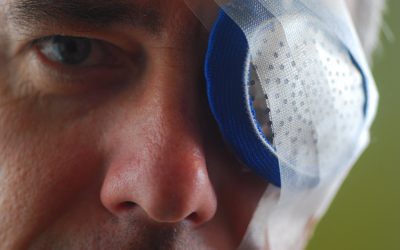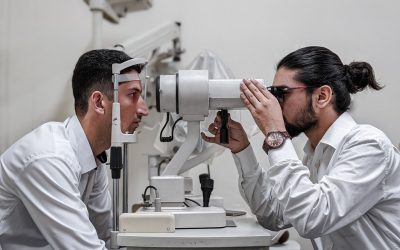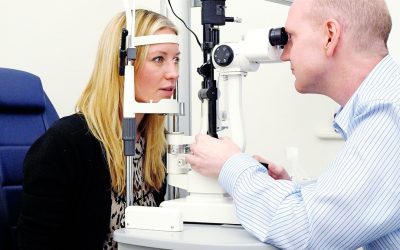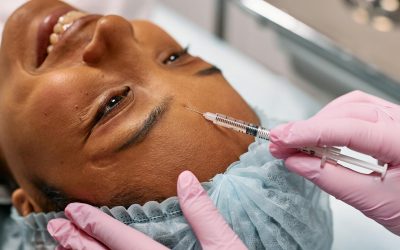OUR BLOG
What are Potential Causes of Blurry Vision After a Toric Lens Implant?
Toric lens implants are commonly used to correct astigmatism and improve overall vision. These intraocular lenses are designed to focus light correctly on the retina, enhancing visual acuity. Despite their effectiveness, some patients experience blurry vision...
What is the Recovery for Photorefractive Keratectomy (PRK)?
What is Photorefractive Keratectomy (PRK) Photorefractive Keratectomy (PRK) is a type of refractive eye surgery designed to correct vision problems by reshaping the cornea with an excimer laser. PRK is commonly used to address conditions like nearsightedness,...
Can You Go Blind From Fuch’s Corneal Dystrophy?
Understanding Fuchs’ Dystrophy Fuchs' dystrophy is a progressive eye condition that affects the cornea, leading to the gradual loss of endothelial cells responsible for maintaining corneal clarity. Fuch’s dystrophy is a progressive condition and will impact the cornea...
How are Fungal Eye Infections Diagnosed?
What are Fungal Eye Infections? How are Fungal Eye Infections Diagnosed and Treated? Fungal eye infections, known as fungal keratitis or fungal endophthalmitis, are ocular conditions caused by fungal pathogens. These infections can affect various parts of the eye,...
How Long Do You Wait Between Cataract Surgery on Each Eye?
How Long Do You Wait Between Cataract Surgery on Each Eye? Key Factors to Consider For most individuals, cataracts impact both eyes at the same rate and will need to have surgery at the same time. When considering having surgery on cataracts in both eyes, it is...
Can Contacts Cause Uveitis?
Wearing contact lenses can be a great benefit for those who wish to see well without glasses, but contact lenses are medical devices which require the proper care and management to prevent complications or problems. One of the potential issues from contact lens wear...
Can Corneal Refractive Surgery be Reversed?
Can Corneal Refractive Surgery be Reversed? Corneal refractive surgery can be an excellent and effective treatment for those seeking alternatives to glasses or contact lenses. When thinking about surgical interventions, it is important to understand that these...
Can LASIK Surgery be Repeated?
Can LASIK Surgery Be Repeated for Vision Changes? LASIK (Laser-Assisted In Situ Keratomileusis) is a popular refractive surgery that corrects vision problems like nearsightedness, farsightedness, and astigmatism by reshaping the cornea to improve how light enters the...
How to Treat Puffy Eyes After Botox Treatment
Understanding Puffy Eyes After Botox It is not uncommon for individuals to experience temporary puffy eyes after receiving Botox injections for cosmetic purposes. Puffy eyes can occur as a result of the injection process itself or as a side effect of the Botox...
Can Eye Surgery Treat Narrow Angle Glaucoma
Understanding Narrow Angle Glaucoma Narrow angle glaucoma, also known as angle-closure glaucoma, is a type of glaucoma characterized by a sudden increase in eye pressure due to the blockage of drainage channels in the eye. This blockage can lead to a rapid rise in...
How are Contact Lenses Used for Corneal Scarring
Corneal scarring, a condition where the cornea develops opaque areas due to injury or disease, can significantly impact vision clarity. For individuals with corneal scarring, traditional glasses may not always provide optimal vision correction. In such cases, the use...
How Can an Ophthalmologist Diagnose Fuchs’ Dystrophy?
Can an Ophthalmologist Diagnose Fuchs' Dystrophy? Find Out How Fuchs' Dystrophy is a progressive eye condition that affects the cornea, leading to cloudy vision and discomfort. When it comes to diagnosing Fuchs' Dystrophy, ophthalmologists employ a range of...












